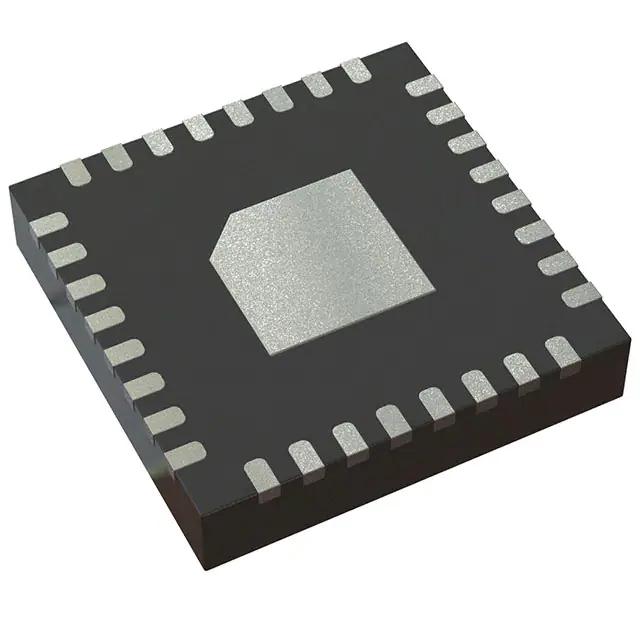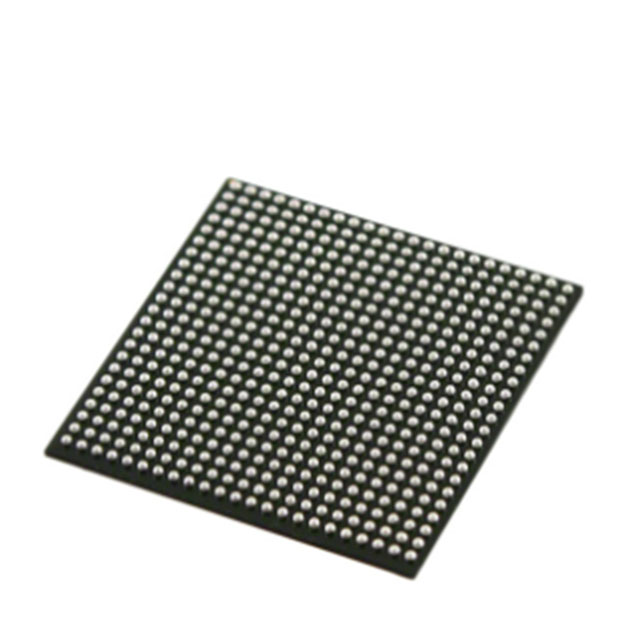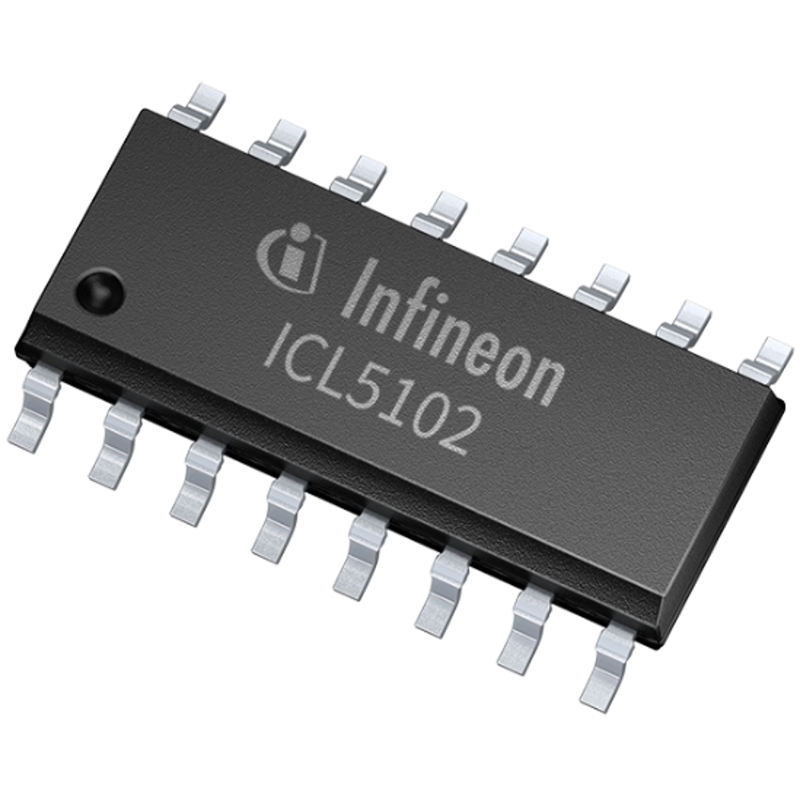Electronic Components IC Chips Integrated Circuits IC DP83822IFRHBR
Ideal for harsh industrial environments, the DP83822 is an ultra-robust, low-power single-port 10/100 Mbps Ethernet PHY. It provides all physical layer functions needed to transmit and receive data over standard twisted-pair cables, or connect to an external fiber optic transceiver. Additionally, the DP83822 provides flexibility to connect to a MAC through a standard MII, RMII, or RGMII interface.
The DP83822 offers integrated cable diagnostic tools, built-in self-test, and loopback capabilities for ease of use. It supports multiple industrial fieldbuses with its fast link-down detection as well as Auto-MDIX in forced modes.
The DP83822 offers an innovative and robust approach for reducing power consumption through EEE, WoL and other programmable energy savings modes.
The DP83822 is a feature rich and pin-to-pin upgradeable option for the TLK105, TLK106, TLK105L and TLK106L 10/100 Mbps Ethernet PHYs.
The DP83822 comes in a 32-pin 5.00-mm × 5.00-mm VQFN package.
Product Attributes
|
TYPE |
DESCRIPTION |
|
Category |
Integrated Circuits (ICs) Interface - Specialized |
|
Mfr |
Texas Instruments |
|
Series |
- |
|
Package |
Tape & Reel (TR) Cut Tape (CT) Digi-Reel® |
|
Part Status |
Active |
|
Applications |
Ethernet |
|
Interface |
MII, RMII |
|
Voltage - Supply |
1.71V ~ 3.45V |
|
Package / Case |
32-VFQFN Exposed Pad |
|
Supplier Device Package |
32-VQFN (5x5) |
|
Mounting Type |
Surface Mount |
|
Base Product Number |
DP83822 |
Transceiver
Ethernet Fiber Optic Transceiver.
The Ethernet fiber optic transceiver is a two-way transparent converter that provides Ethernet data signals to fiber optic data signals, allowing Ethernet signals to be transmitted over fiber optic lines to break through the 100m transmission distance limit, making the Ethernet network coverage greatly extended. Fiber optic data communication has the characteristics of long communication distance, large communication data capacity, and is not susceptible to interference.
Optical fiber has penetrated all walks of life at all levels. As the original network systems are based on cable communication, the emergence of fiber optic transceivers ensures that electrical signals and fiber optic signals can be converted to each other smoothly and are suitable for telecommunications, broadcasting, broadband networks, and other Ethernet environments that require high speed, high data traffic, and high performance and reliability.
Ethernet PHY
What is Ethernet PHY:
PHY (Physical), which can be called the Port Physical Layer in Chinese, is a common acronym for the OSI model physical layer. And Ethernet is a device that operates the physical layer of the OSI model. An Ethernet PHY is a chip that sends and receives Ethernet data frames (frames).
Important Functions
1. Sending data: When the PHY sends data, it receives the data transmitted by the MAC. It then converts the parallel data into serial stream data and then encodes the data according to the physical layer encoding rules. Finally, it becomes an analog signal and sends the data out. 2.
2. PHY also has an important function of implementing part of the CSMA/CD function. 3.
3. The PHY also provides the important function of connecting with the device on the other side and shows its current connection status and working status through LEDs. When we connect a network card to a cable, the PHY constantly pulses signals to detect the presence of devices on the other side, which communicate with each other in a standard "language" to negotiate and determine the connection speed, duplex mode, whether to use flow control and so on. Typically, the result of this negotiation is the maximum speed and the best duplex mode that can be supported by both devices.













